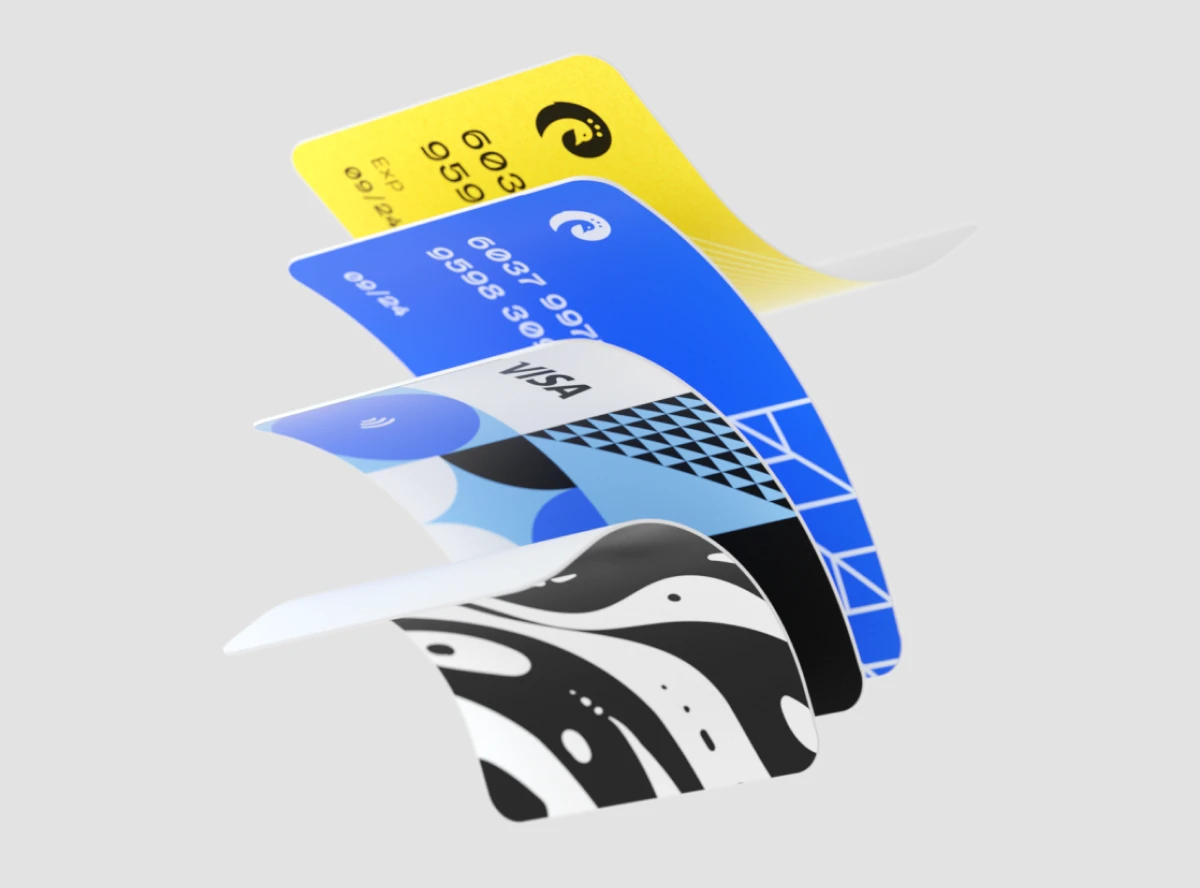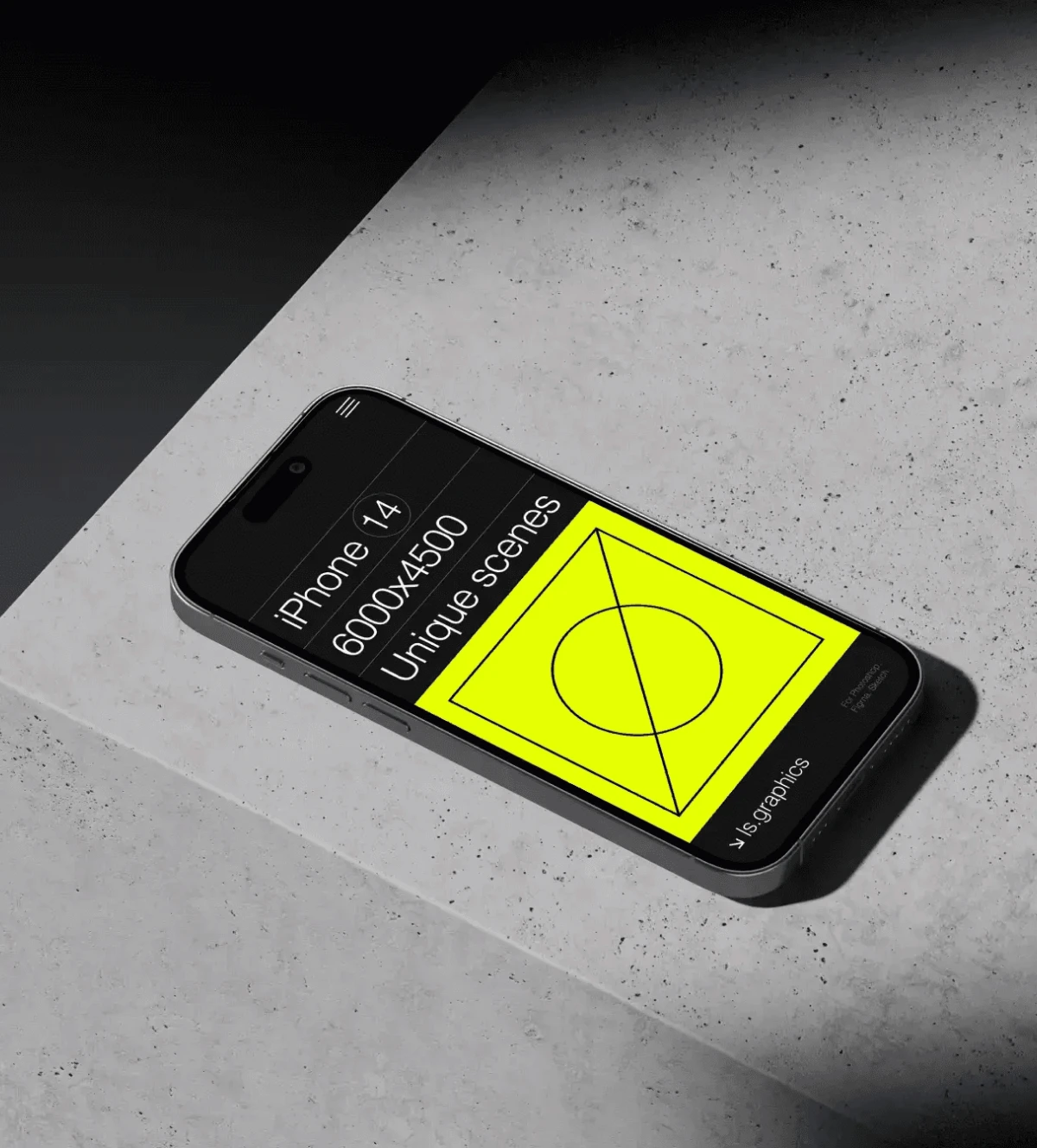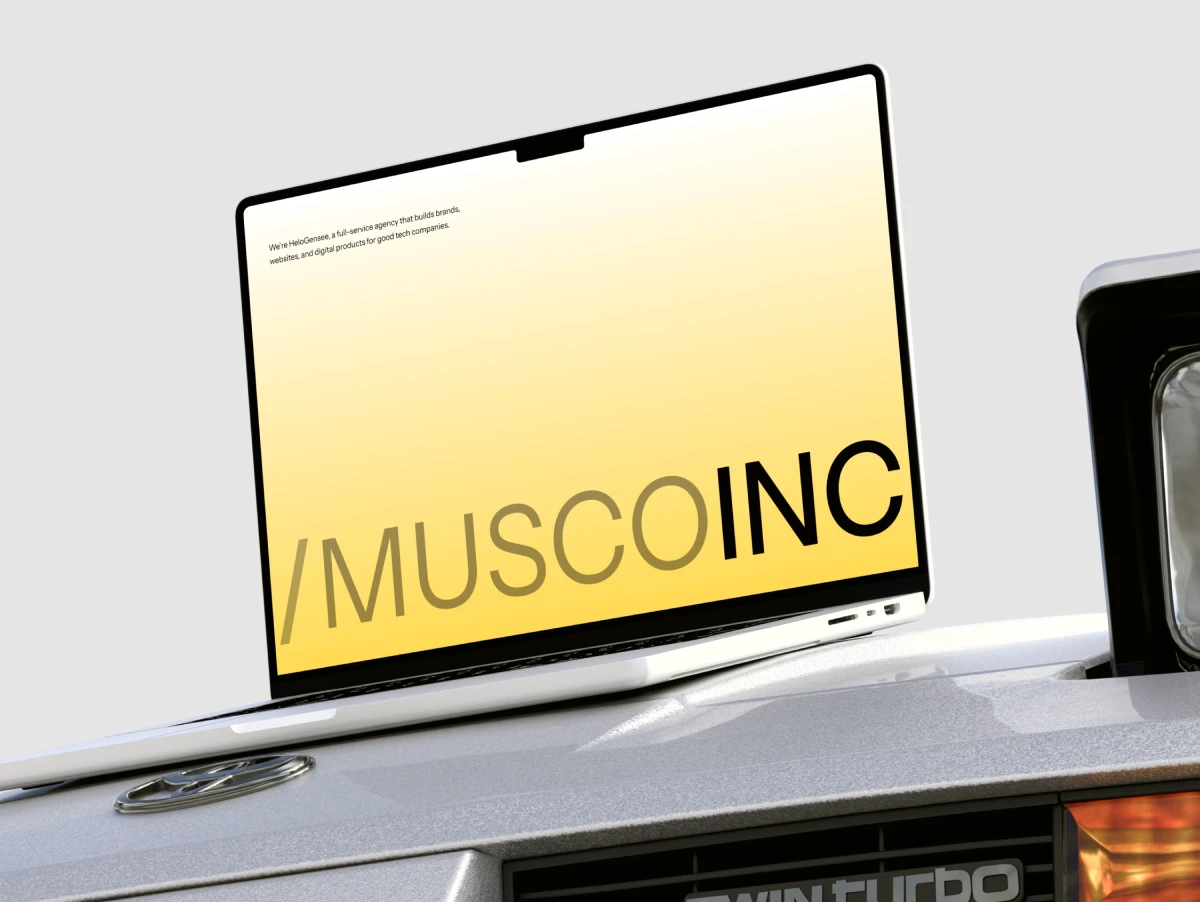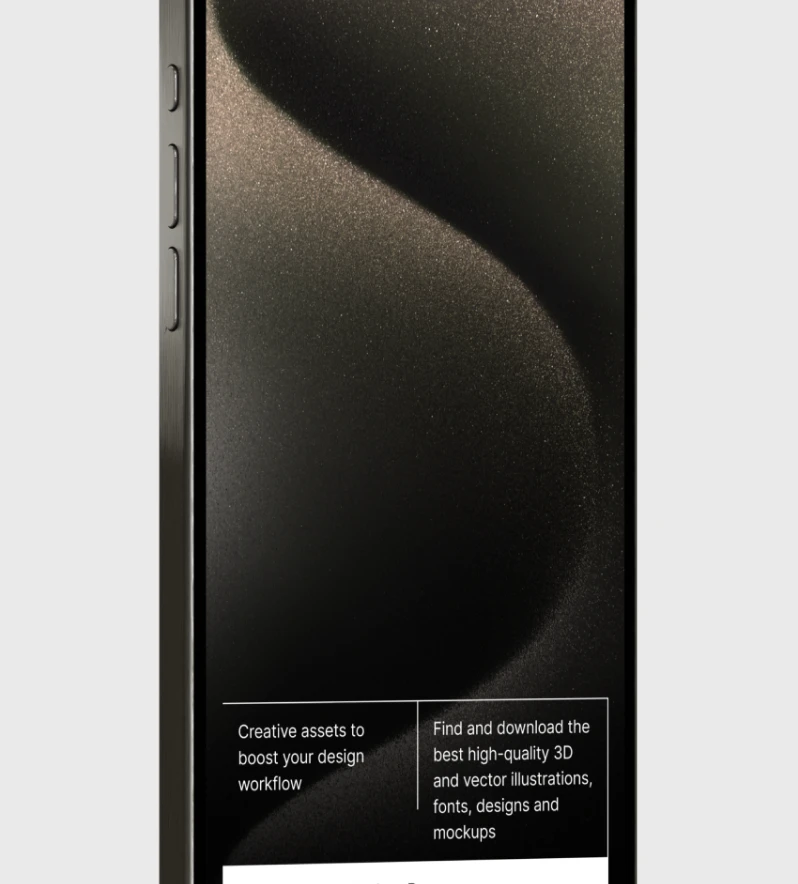Dynamic Logos & Hyper-Personalized Identities
Dynamic Logos & Hyper-Personalized Identities
Dynamic Logos & Hyper-Personalized Identities
Branding
/
Bryan Scott



Source:
Bryan Scott
Dynamic Logos & Hyper-Personalized Identities: The Evolution of Brand Design in 2025
In an era where digital experiences are increasingly personalized, static brand identities are becoming relics of the past. Search data confirms this shift, with queries for "dynamic logo" growing 142% compared to last spring. Meanwhile, tools like Canva and Discord consistently rank among the top 10 Google searches, indicating that motion graphics have firmly entered the mainstream.
Why Dynamic Branding Matters Now
Today's audiences expect brands to be responsive, adaptive, and contextually aware. A fixed logo that remains identical across all touchpoints feels increasingly out of step with the dynamic digital environments where most brand interactions now occur.
"The static logo was designed for a world of print and physical signage," explains our Design Director. "In today's digital-first landscape, brands have the opportunity—and increasingly, the expectation—to present identities that respond to context, user preferences, and even emotional states."
The Technical Framework for Living Brands
Creating dynamic identity systems that maintain brand coherence while enabling contextual adaptation requires thoughtful implementation. At Go Fight Win, we've developed a three-step approach that balances flexibility with consistent brand recognition:
1. Create a Systematic Range of Expressions
The foundation of any dynamic identity begins with establishing the boundaries within which your brand can flex. This involves developing variations that maintain core recognition elements while adapting to different contexts.
Modern tools like Renderforest's "Brand Kit" feature allow brands to generate dozens of animated variants while maintaining control over essential elements like core colors and motion speed. The key is developing a system rather than isolated variations—ensuring that each expression feels connected to a unified brand personality.
2. Establish Design Tokens for Contextual Adaptation
For true adaptability, brands need to encode their design decisions into programmable tokens that can respond to different environments and user contexts.
Using tools like Figma Tokens, brands can create systems where visual elements automatically adapt to contextual factors like dark/light mode preferences, seasonal themes, or audience segments. This programmatic approach ensures that adaptations happen within brand guidelines rather than as ad hoc modifications.
3. Deploy Through Programmable Delivery Systems
The final piece of the puzzle is implementing delivery mechanisms that serve the appropriate brand expression based on contextual parameters.
Modern deployment solutions like Cloudflare Workers enable brands to serve different logo variations through endpoints that respond to specific parameters. For instance, a B2B brand might present more conservative animations to enterprise audiences while showing more playful variations to startup customers—all through a single intelligent endpoint.
Beyond Aesthetics: Strategic Applications
Dynamic brand systems deliver more than visual interest—they create new opportunities for meaningful connections:
Personalized Brand Relationships: Adapting brand elements based on user history creates a sense of recognition and familiarity
Emotional Responsiveness: Brand expressions that shift based on user sentiment build deeper emotional connections
Contextual Relevance: Identity systems that acknowledge seasons, cultural moments, or user contexts demonstrate brand awareness and sensitivity
Getting Started: The Progressive Approach
Not every organization needs to implement fully dynamic identities immediately. We recommend a progressive approach:
Begin with simple state changes (hover animations, dark/light mode variations)
Expand to seasonal or campaign-specific adaptations
Gradually introduce context-responsive elements as your technical infrastructure matures
Making an Impact Now
To capitalize on growing interest in dynamic brands, consider creating content that showcases your brand's adaptability. A LinkedIn carousel demonstrating how your logo morphs when users interact with it—paired with the trending hashtag #LivingBrand—can generate significant engagement with minimal investment.
Need that living-logo magic? Contact Go Fight Win . We craft marks that move and that move people.
Dynamic Logos & Hyper-Personalized Identities: The Evolution of Brand Design in 2025
In an era where digital experiences are increasingly personalized, static brand identities are becoming relics of the past. Search data confirms this shift, with queries for "dynamic logo" growing 142% compared to last spring. Meanwhile, tools like Canva and Discord consistently rank among the top 10 Google searches, indicating that motion graphics have firmly entered the mainstream.
Why Dynamic Branding Matters Now
Today's audiences expect brands to be responsive, adaptive, and contextually aware. A fixed logo that remains identical across all touchpoints feels increasingly out of step with the dynamic digital environments where most brand interactions now occur.
"The static logo was designed for a world of print and physical signage," explains our Design Director. "In today's digital-first landscape, brands have the opportunity—and increasingly, the expectation—to present identities that respond to context, user preferences, and even emotional states."
The Technical Framework for Living Brands
Creating dynamic identity systems that maintain brand coherence while enabling contextual adaptation requires thoughtful implementation. At Go Fight Win, we've developed a three-step approach that balances flexibility with consistent brand recognition:
1. Create a Systematic Range of Expressions
The foundation of any dynamic identity begins with establishing the boundaries within which your brand can flex. This involves developing variations that maintain core recognition elements while adapting to different contexts.
Modern tools like Renderforest's "Brand Kit" feature allow brands to generate dozens of animated variants while maintaining control over essential elements like core colors and motion speed. The key is developing a system rather than isolated variations—ensuring that each expression feels connected to a unified brand personality.
2. Establish Design Tokens for Contextual Adaptation
For true adaptability, brands need to encode their design decisions into programmable tokens that can respond to different environments and user contexts.
Using tools like Figma Tokens, brands can create systems where visual elements automatically adapt to contextual factors like dark/light mode preferences, seasonal themes, or audience segments. This programmatic approach ensures that adaptations happen within brand guidelines rather than as ad hoc modifications.
3. Deploy Through Programmable Delivery Systems
The final piece of the puzzle is implementing delivery mechanisms that serve the appropriate brand expression based on contextual parameters.
Modern deployment solutions like Cloudflare Workers enable brands to serve different logo variations through endpoints that respond to specific parameters. For instance, a B2B brand might present more conservative animations to enterprise audiences while showing more playful variations to startup customers—all through a single intelligent endpoint.
Beyond Aesthetics: Strategic Applications
Dynamic brand systems deliver more than visual interest—they create new opportunities for meaningful connections:
Personalized Brand Relationships: Adapting brand elements based on user history creates a sense of recognition and familiarity
Emotional Responsiveness: Brand expressions that shift based on user sentiment build deeper emotional connections
Contextual Relevance: Identity systems that acknowledge seasons, cultural moments, or user contexts demonstrate brand awareness and sensitivity
Getting Started: The Progressive Approach
Not every organization needs to implement fully dynamic identities immediately. We recommend a progressive approach:
Begin with simple state changes (hover animations, dark/light mode variations)
Expand to seasonal or campaign-specific adaptations
Gradually introduce context-responsive elements as your technical infrastructure matures
Making an Impact Now
To capitalize on growing interest in dynamic brands, consider creating content that showcases your brand's adaptability. A LinkedIn carousel demonstrating how your logo morphs when users interact with it—paired with the trending hashtag #LivingBrand—can generate significant engagement with minimal investment.
Need that living-logo magic? Contact Go Fight Win . We craft marks that move and that move people.




Get in touch
Contact Go Fight Win today, and let's start the conversation about transforming your ideas into extraordinary digital experiences.
Contact




Get in touch
Contact Go Fight Win today, and let's start the conversation about transforming your ideas into extraordinary digital experiences.
Contact




Get in touch
Contact Go Fight Win today, and let's start the conversation about transforming your ideas into extraordinary digital experiences.
Contact

